There's a good chance you've cruised past the Masa Harina in your local grocery store without realizing the potential you just left in your wake -- but no more!
Most likely you've got one of these 3 options on your supermarket shelf:
From left to right: Maseca, Bob's Red Mill, and Gold Mine.
Maseca is by far the most common and it's the Masa Harina that I started with -- you'll frequently find it in the Latin goods section of chain supermarkets.
I've been meaning to test out a few other options and I'm glad I did as the results were a bit surprising! But first, here's some quick backstory on Masa Harina...
Start with some dried field corn:
And soak it in an alkaline agent like calcium hydroxide.
This will improve the nutritional content of the corn and make it easier to grind up -- it will also make it taste better!
After a good rinse you can grind it up and just like that you've got some masa dough on your hands.
Here's how it looks in Cozumel's supermarket:
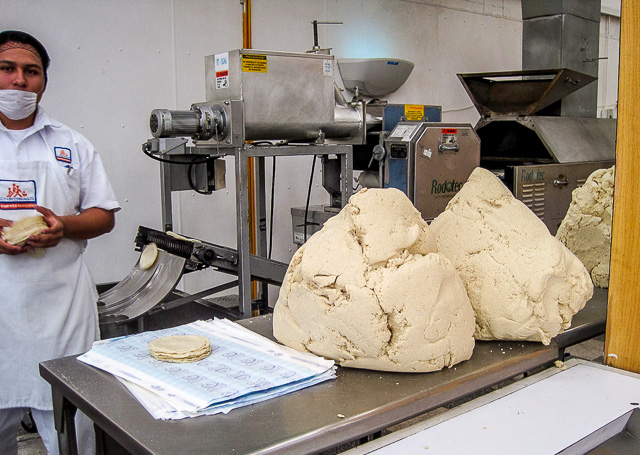
Photo by Chloe Miller
Producers will take this masa dough and dehydrate it, resulting in Masa Harina, sometimes referred to as corn flour. It's a powdered version of masa dough and all you need to do is rehydrate the Masa Harina and you've got a quick batch of masa dough on your hands that you can use to make corn tortillas, tamales, gorditas, etc.
So let's do that and give some homemade corn tortillas a taste test using the different Masa Harinas.
You can see details on making homemade corn tortillas in this post, but I'll go over the key details here as well. You'll need:
2 cups Masa Harina
1/2 teaspoon salt
1.5 cups warm water
Stary by combining the Masa Harina and the salt.
And now add only 1 cup of the water and combine as much you can with a spoon.
I usually dump the mixture onto a work surface and add the rest of the water incrementally while kneading it into a cohesive ball.
Sometimes it can take some fiddling to get the right consistency and that's why it can be helpful to add the final bit of water incrementally.
If the dough is crumbly and won't form into a ball then you need more water.
If the dough is wet and sticky then you've added too much water; simply add some additional Masa Harina to return it to a consistency that can be handled with no sticking.
Eventually you'll end up with a cohesive ball of masa dough -- nice!
I used to let this dough rest for an hour or so but I don't worry much about that step anymore. Flour tortillas benefit from resting as it allows some of the gluten to relax, but I'm not convinced it's necessary for corn tortillas.
To prove that anyone can make corn tortillas at home we'll be using a casserole dish to flatten the dough balls -- no tortilla press needed!
Pull off a golfball sized round of masa dough and roll it between your hands.
You'll need plastic on either side of the dough ball to prevent sticking and I find it's easiest to use a large Ziploc bag with the top cut off.
Place the dough ball between the two sides of the Ziploc and smoosh it with a flat-bottomed casserole dish (or skillet).
I like to make these super thin and that can be easiest if you're using a dish, or skillet, that has a slightly convex bottom.
You'll also know if the consistency of your dough is correct when you peel the plastic away.
If the dough sticks to the plastic then it's a bit too wet -- simply incorporate a dusting of Masa Harina to the dough before pulling off another round.
These will need approximately 60 seconds per side to fully cook in a dry skillet or comal. I put my stove at just over medium heat and this will have brown spots forming in about a minute.
I usually use the quick flip method -- add the tortilla to a non-stick pan and once it starts sliding around (5-10 seconds) give it a flip and then cook each side until light brown spots are forming, approx. 60 seconds per side.
This quick flip will help seal in some heat and cook the insides quicker, it will sometimes even puff up the tortillas if they are thin. Note: I use a pan with sloped edges so I can just use my fingers to slide up the tortilla and give it the quick flip.
And that's homemade corn tortillas in a nutshell. Easy right?
So I went ahead and made the masa dough using each of our Masa Harina choices:
From left to right: Maseca, Bob's Red Mill, Gold Mine.
But don't read into the color of the masa dough too much -- most of these producers will produce both white and yellow corn flour. The yellow Masa Harina from Maseca is rare in my neck of the woods so I used white corn Maseca.
And now the important part...taste testing corn tortillas made from the masa dough!
All three of these options will give you tortillas that are a step up from store-bought tortillas, but Bob's Red Mill was the clear winner in this batch. It has a more savory and concentrated corn flavor and the tortillas made with Bob's were super satisfying hot off the skillet.
The tortillas made with Maseca and Gold Mine, while still tasty, seemed to have a milder flavor.
I also had an easier time making the tortillas super thin using Bob's Red Mill.
When you flatten the tortillas micro thin they will sometimes break apart when you pull the plastic off of them, but I found that this happened less often when using Bob's Masa Harina -- it just seemed to have a consistency that held together better. You might notice this right off the bat as the granules of Bob's are a bit coarser out of the bag.
And what about the cost?
Maseca is by far the best deal as it usually comes in 5 lb. bags for $6-10. Bob's Red Mill was $4 in my local market for a 1.5 lb. bag.
You'll get about 12 tortillas from 2 cups of Masa Harina, and there are 6 cups of Masa Harina in a 1.5 lb. bag, i.e. 36 tortillas.
So yes, even Bob's which is the more expensive option comes in at $0.11 per tortilla -- yes, 11 cents!
And they taste better than store-bought tortillas. Tough beat to that combo eh?
Okay, keep an eye out for these different Masa Harinas in your neighborhood. Yes, I will now choose Bob's Red Mill first and that is a change for me, but Maseca and Gold Mine are still going to make some tasty tortillas in your home kitchen.
(Update: I recently tested out the Masa Harina from Masienda and thought it was on par with Bob's Red Mill. See the post here.)
Here are some links to recipes on this site that use Masa Harina:
And if you want more details on the masa world then I have a few more articles that will fill in the gaps.
Homemade Masa Dough Using Yellow Field Corn
Corn Tortillas Made With White Olotillo Corn
Buen Provecho!
Still hungry?!
Want to receive Mexican Please recipes via email when they are posted? Sign up below to subscribe. All recipes are spam free.


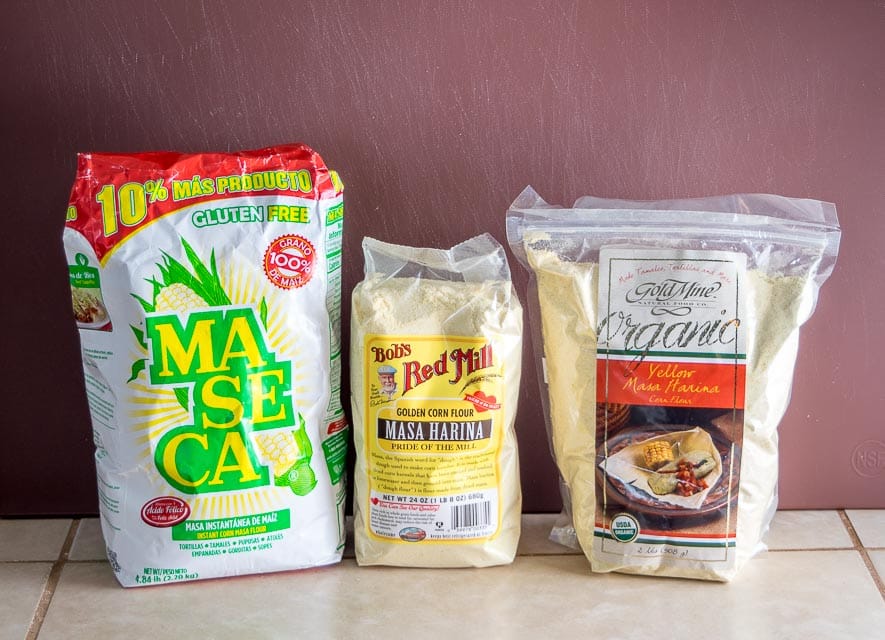
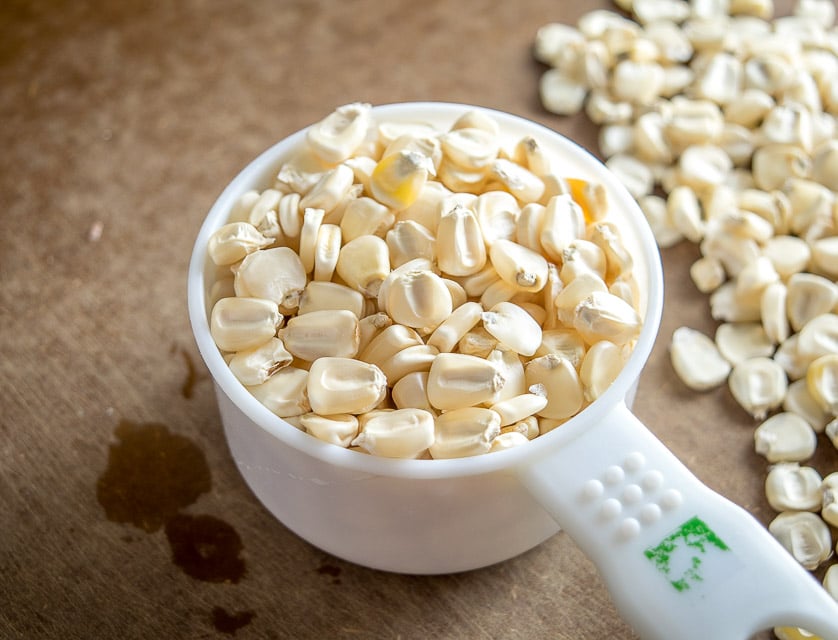
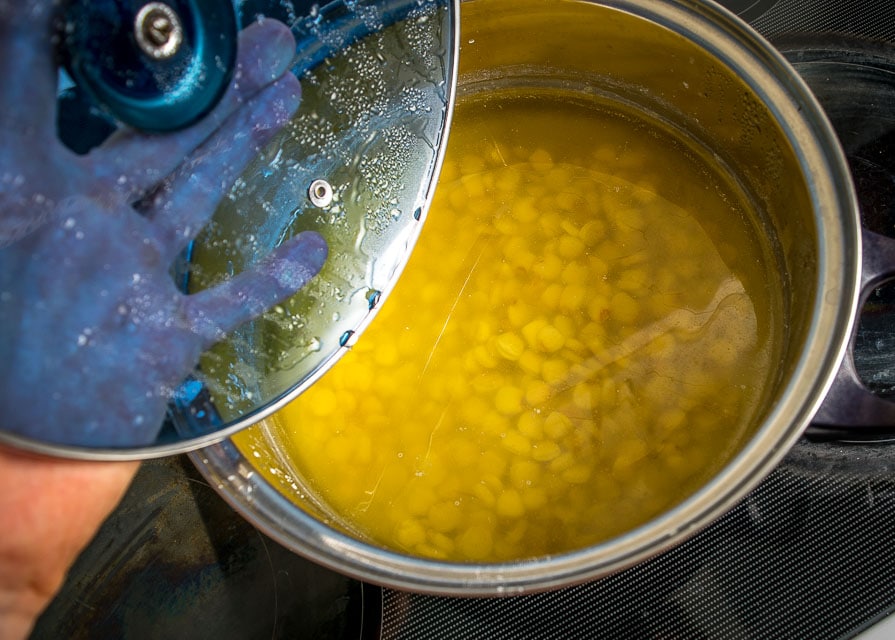
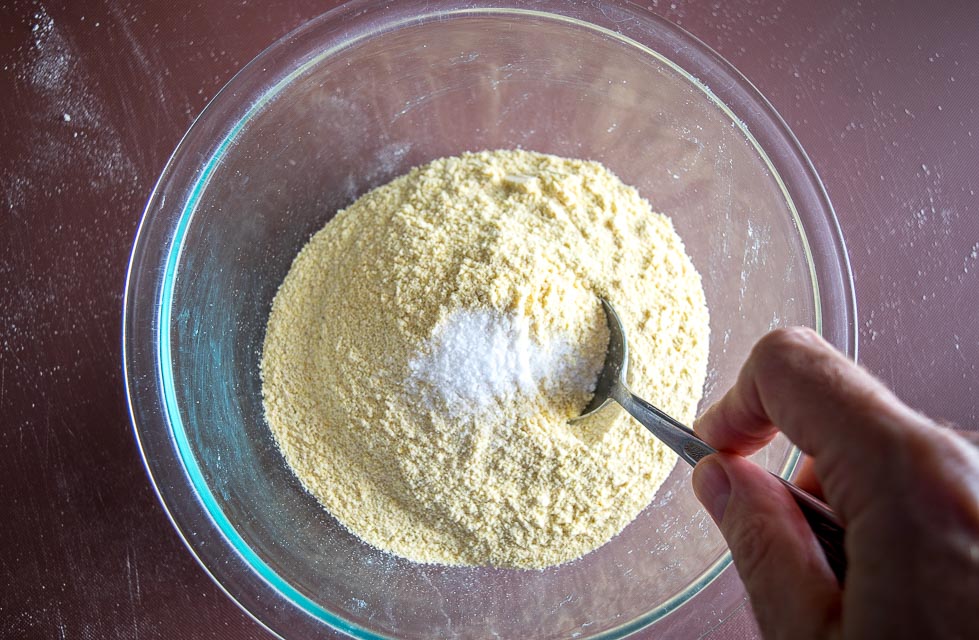
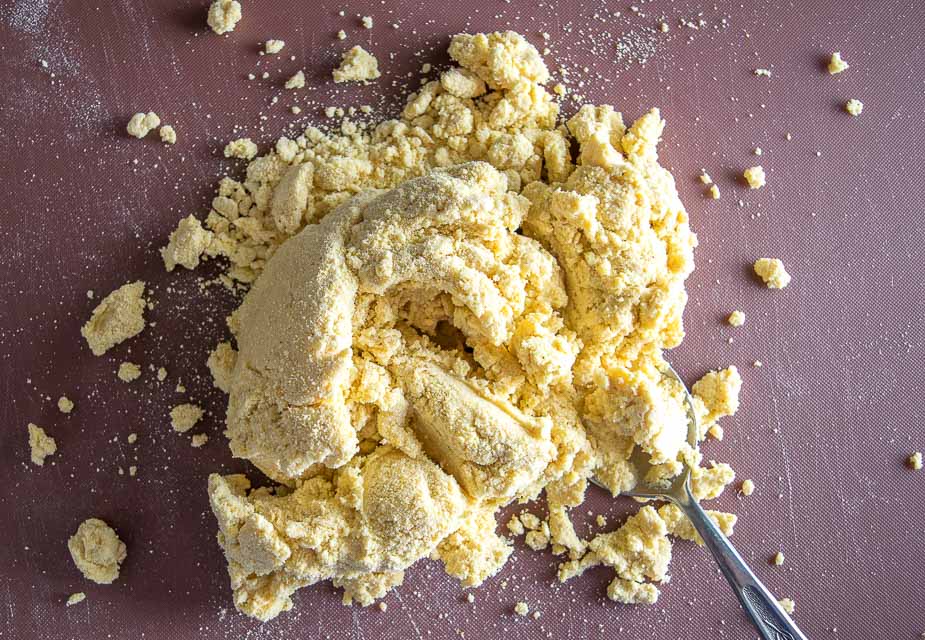
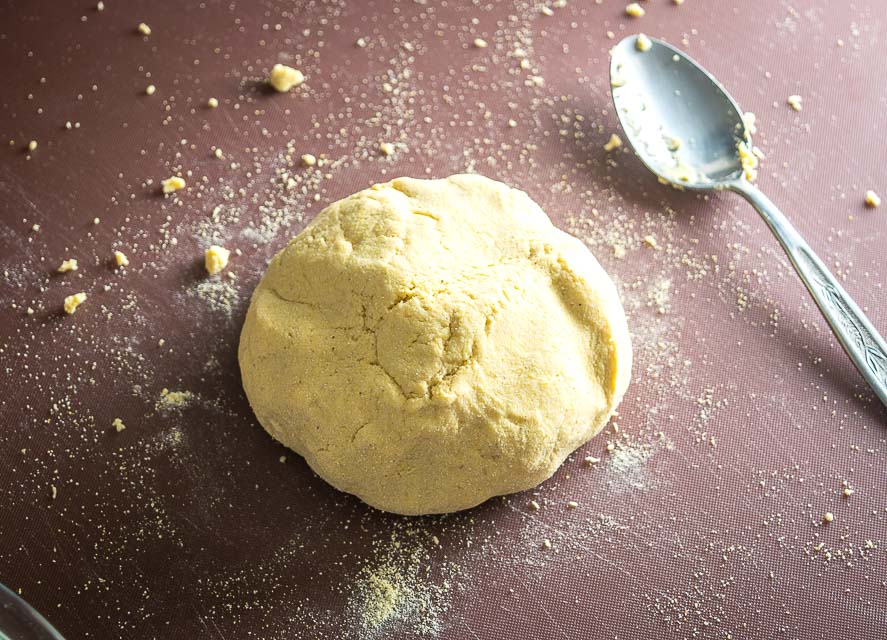
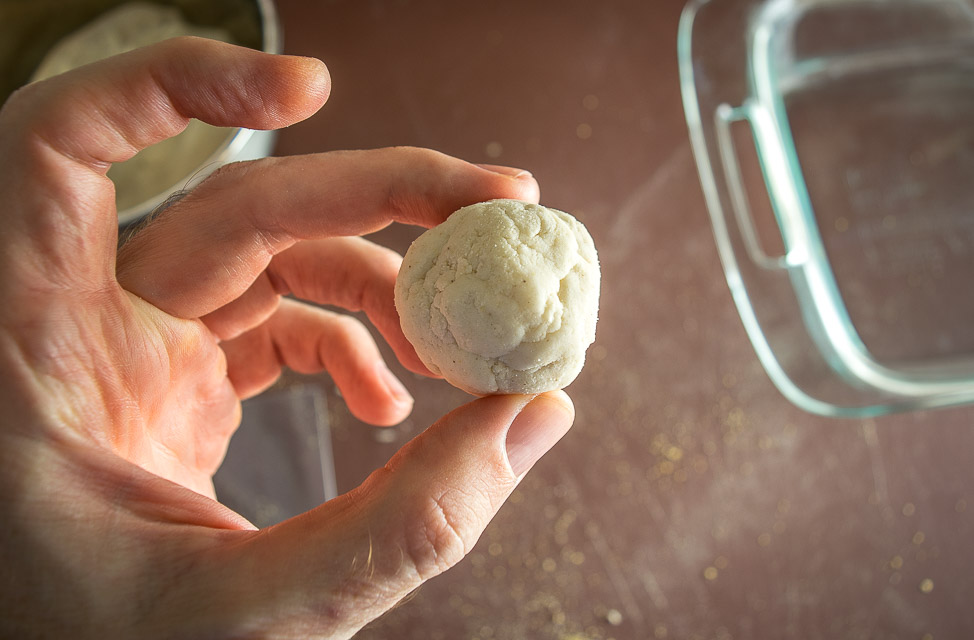
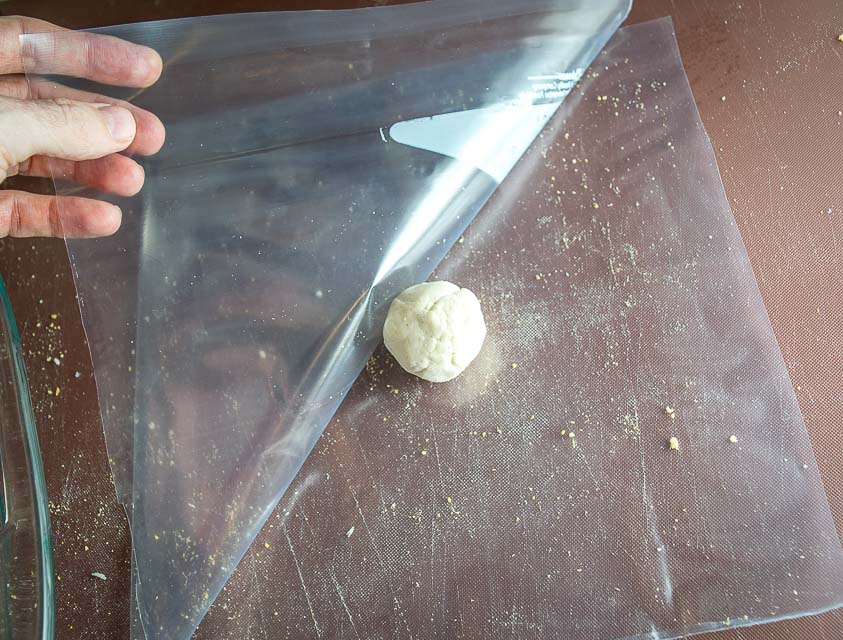
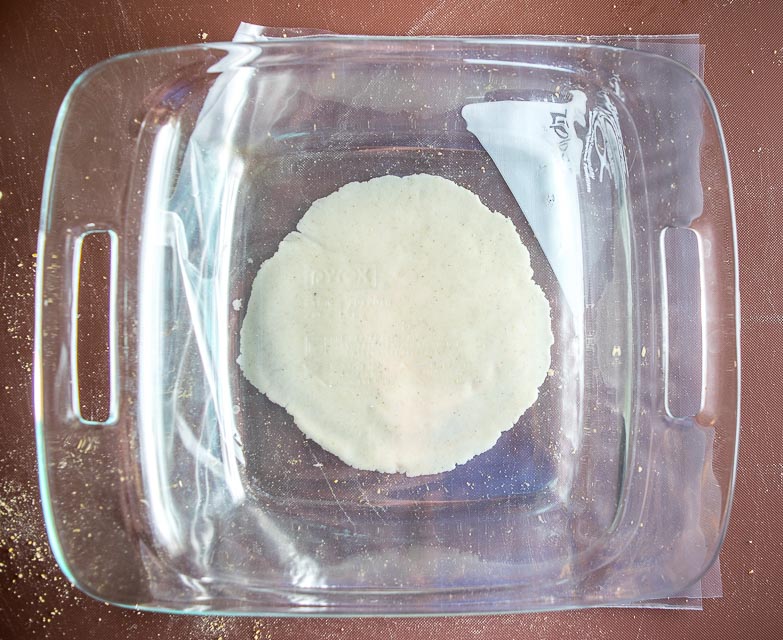
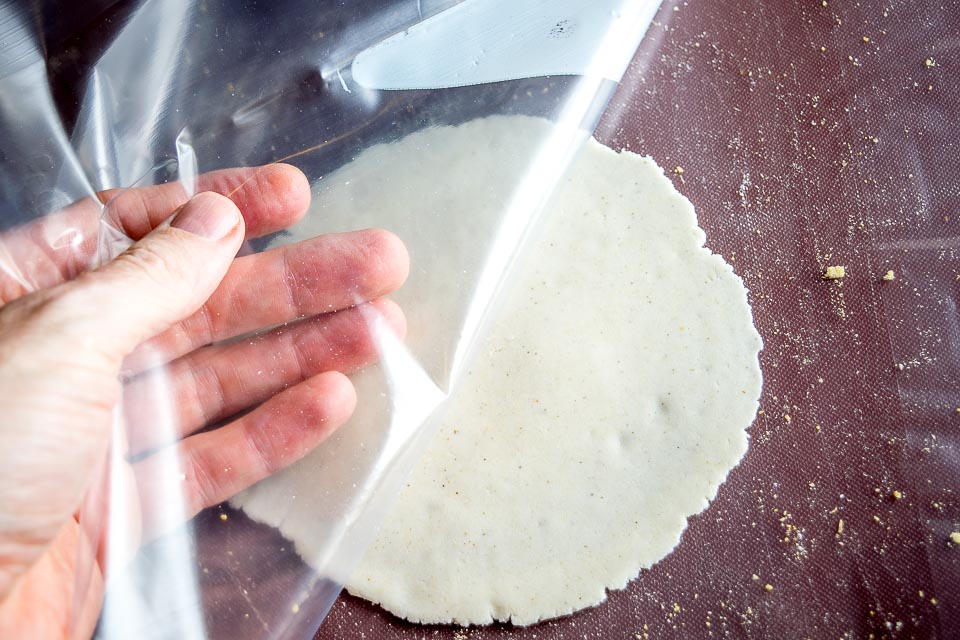
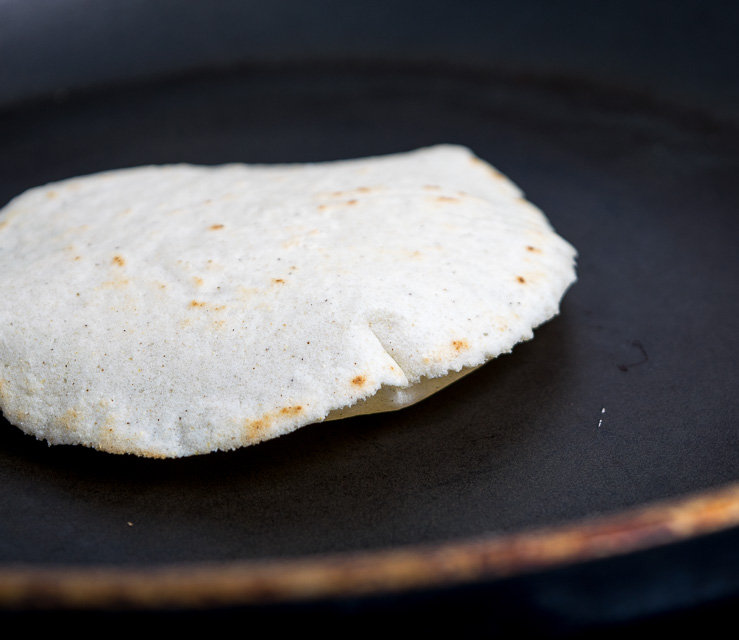
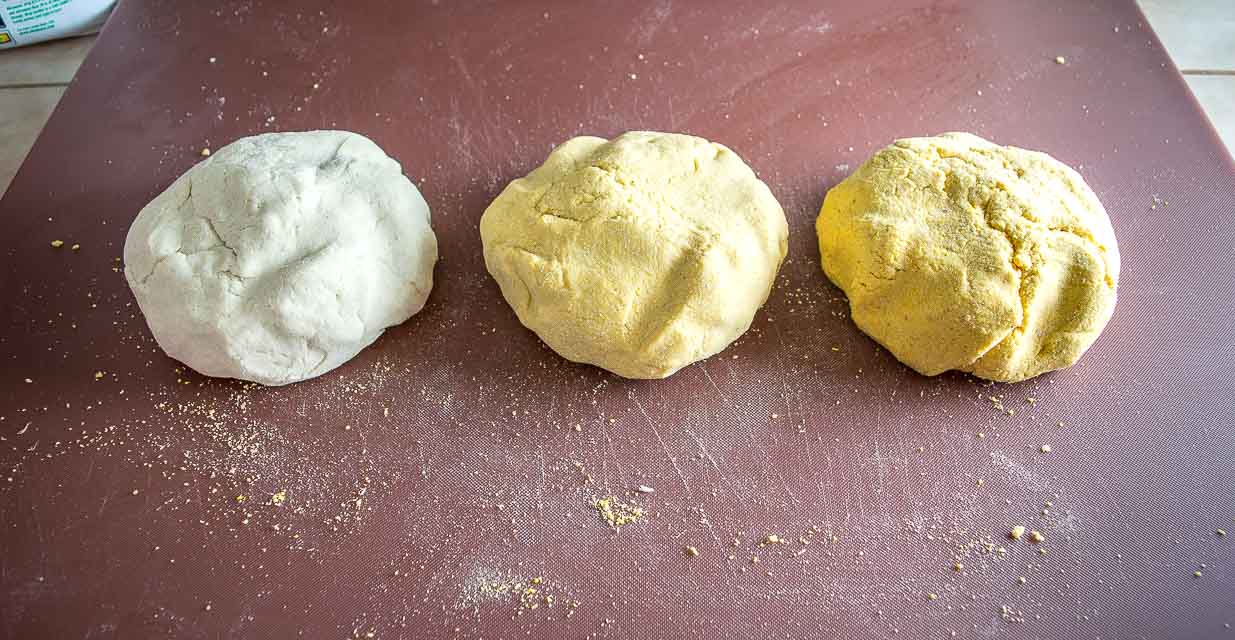
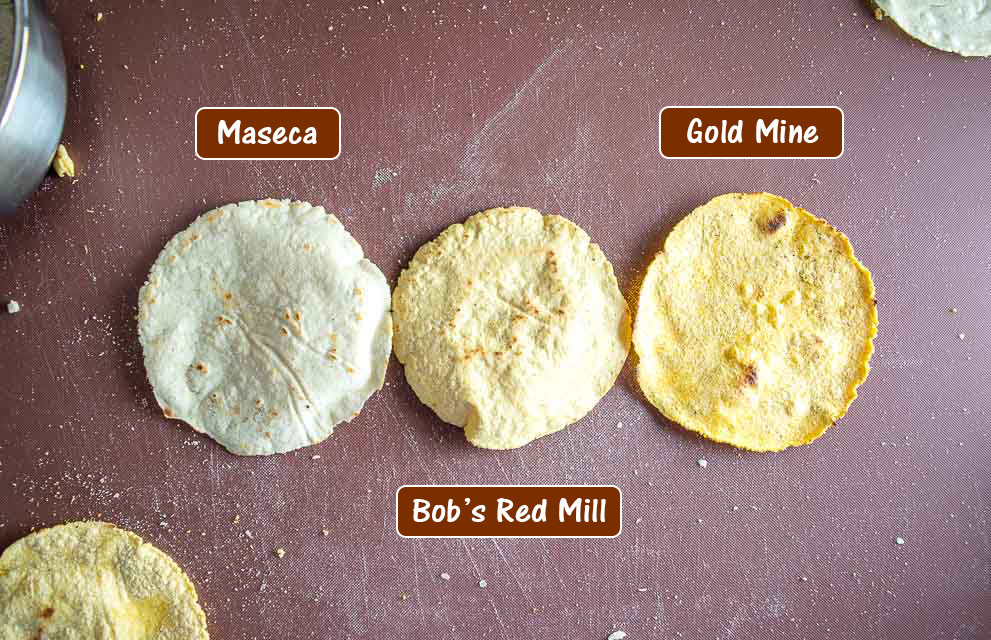
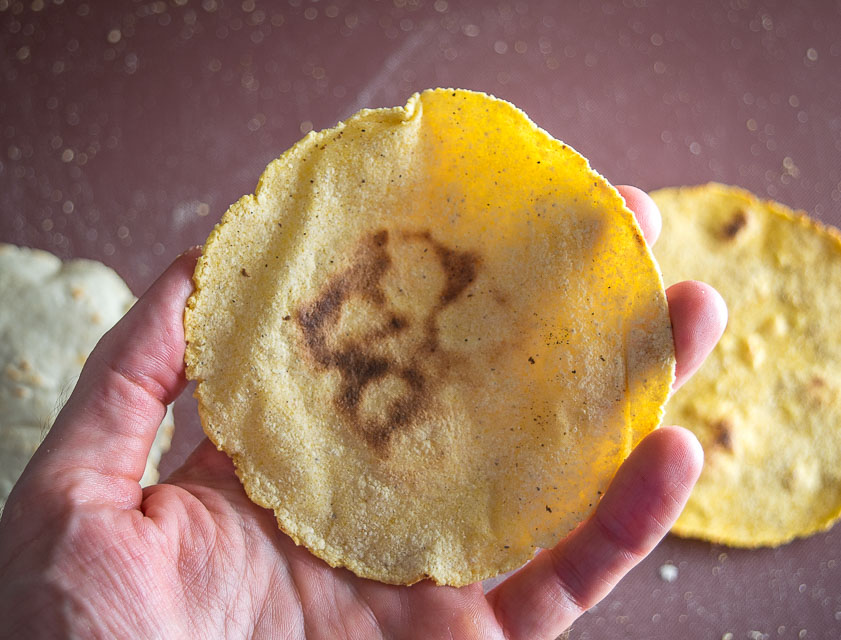
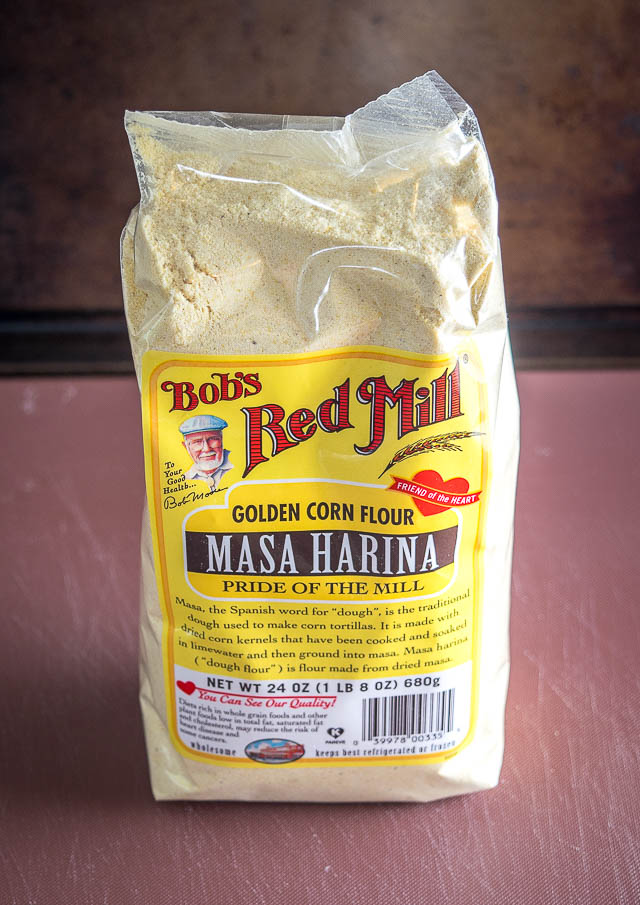
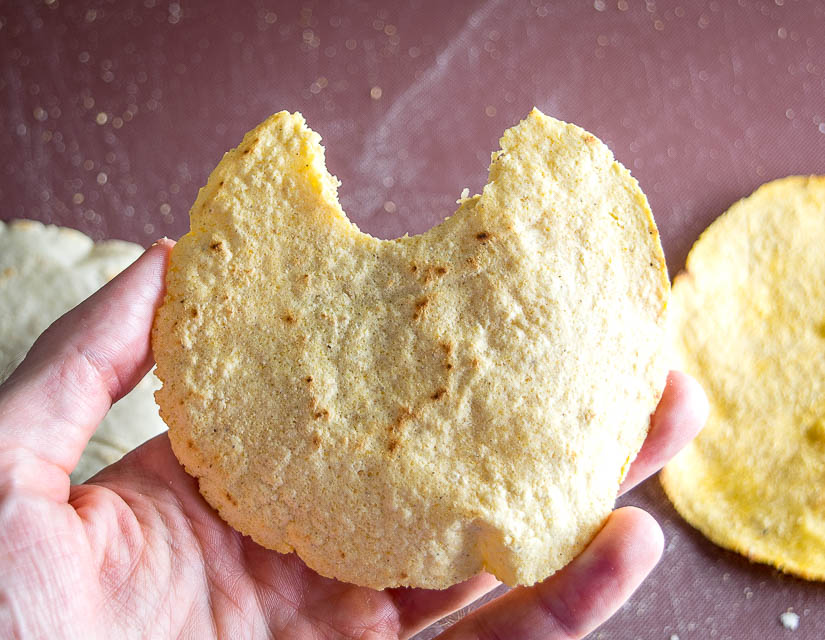
Nick Harper
I like to fry in small fry pan with heated oil then bend/form my taco. sit them aside and stuff after frying all 12.
you see any problems between frying or quick flipping?
Patrick
Hey Nick! In the past I've tried frying the uncooked masa dough but was not too happy with the results as they take on too much oil. So now I use the quick flip method to fully cook them and will occasionally crisp them up in a glug of oil if they are a couple days old. Cheers.
Margret
Hey Patrick
I haven't come across any comments by you on GMO corn or glyphosates in the commodity corn that is used for Maseca – which is why it's so cheap compared to Bob's Red Mill or any other. It's clear that you treasure the heritage, so hoping you'll share more about that (I'm glad you found Bob's delivered the best flavor!)
This is a great article:
https://www.tastecooking.com/the-tortilla-cartel/
Patrick
Thanks for mentioning this Margaret. I'm getting more and more emails about this lately and I'm glad people now have easy access to alternatives. Cheers.
Michelle
This was a fun read. I've made tortillas with all three. I just recently stumbled upon Gold Mine and it's currently our favorite. Although, as you say, they're all steps above store bought. Nomm Nomm
Patrick
Thanks Michelle 🙂
Carolyn
Should I add any oil to the frying pan first?
Patrick
Hi Carolyn! No you can just cook the tortillas in a dry skillet. Cheers.
George
Hello. I can never make it to inflate. How do you do that? (Great post btw)
Patrick
Hey George! I have the best success getting them to puff up using the quick flip method as described here:
Homemade Corn Tortillas
Basically you are just giving the tortilla a flip after 5-10 seconds and then cooking each side until light brown spots are forming. That quick flip seals in some heat and helps the insides cook quicker.
Another trick to try is using a spatula to press down on them after flipping to the final side. It sounds counter-intuitive but sometimes they will puff up instantly right after pressing down on them. I hope that helps a bit. Cheers.
Karen
Could this be used for tamales as well?
Patrick
Hi Karen, yeah you can use any of these masa harinas for both tortillas and tamales. Tamales will typically add some fat to the masa dough whereas tortillas do not. Cheers.
esther clark
I've found that flipping the tortilla stack over when ready to serve so the ones that have been sort of steaming the longest are served first. The little bit of steaming increases the flexibility.
Patrick
Hey thanks much for your tip Esther! Cheers.
Tio Sticky
Hola! I've been using the Bobs Masa, and although the tortillas are delish, the consistency is off. I'm trying to get to a street taco tortilla, and they don't really puff up or even get browned, they just turn into flat, fairly stiff discs. Flavor is good, but there's no warming them up and folding them into Tacos. Tips?
Patrick
Hi Gary, yeah I know what you're after -- I usually have the best success getting them to puff up when they are thin and when using the quick flip technique. More info in the homemade corn tortillas post but basically you plop the flattened tortilla in the pan, and after 5-10 seconds you flip it, then cook each side for a minute or so. This quick flip seals in some heat and cooks the insides quicker.
You can also try pushing down on them with a spatula when you flip to the final side as this will sometimes make them puff up instantly.
Okay I hope that helps a bit. Cheers.
Buffy Wimmer
I’m thinking of adding masa harina to a pizza dough. It would be 50% “00” flour, 35% bread flour and 15% mass....with a 75% hydration. Not having any experience with masa, could you recommend a masa to use?
Thanks
Buffy
Patrick
Hey Buffy sorry for the late reply! I think if you want to start experimenting like that then Bob's Red Mill would be a good place to start. Maseca is more common than Bob's and you could use that too, but lately I prefer the flavor of Bob's. Good luck and let me know how it goes! Cheers.
Frances
Hi! How much of the prep can be done ahead of time and refrigerated?
Thanks! Frances
Patrick
Hi Frances! You can combine the masa dough and let it sit in the fridge for a few days, but it doesn't freeze well. Cheers.